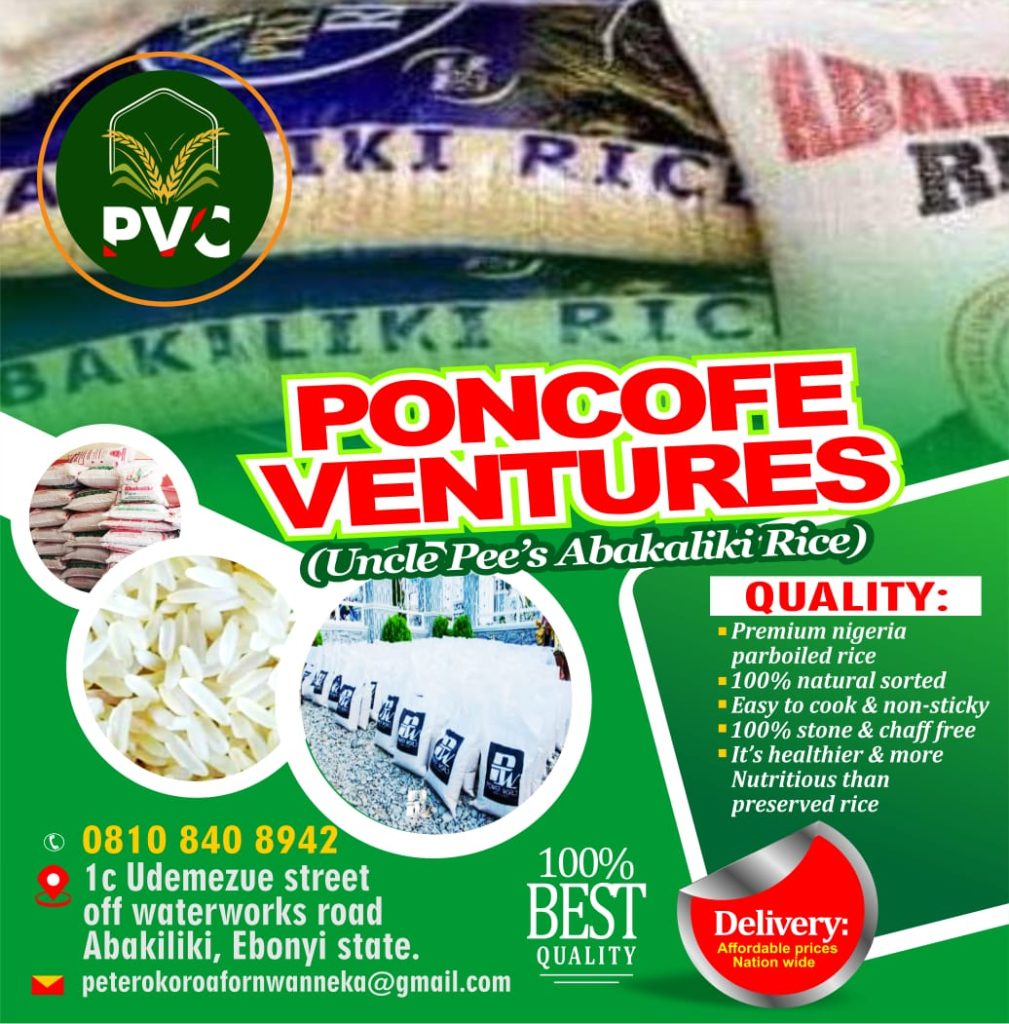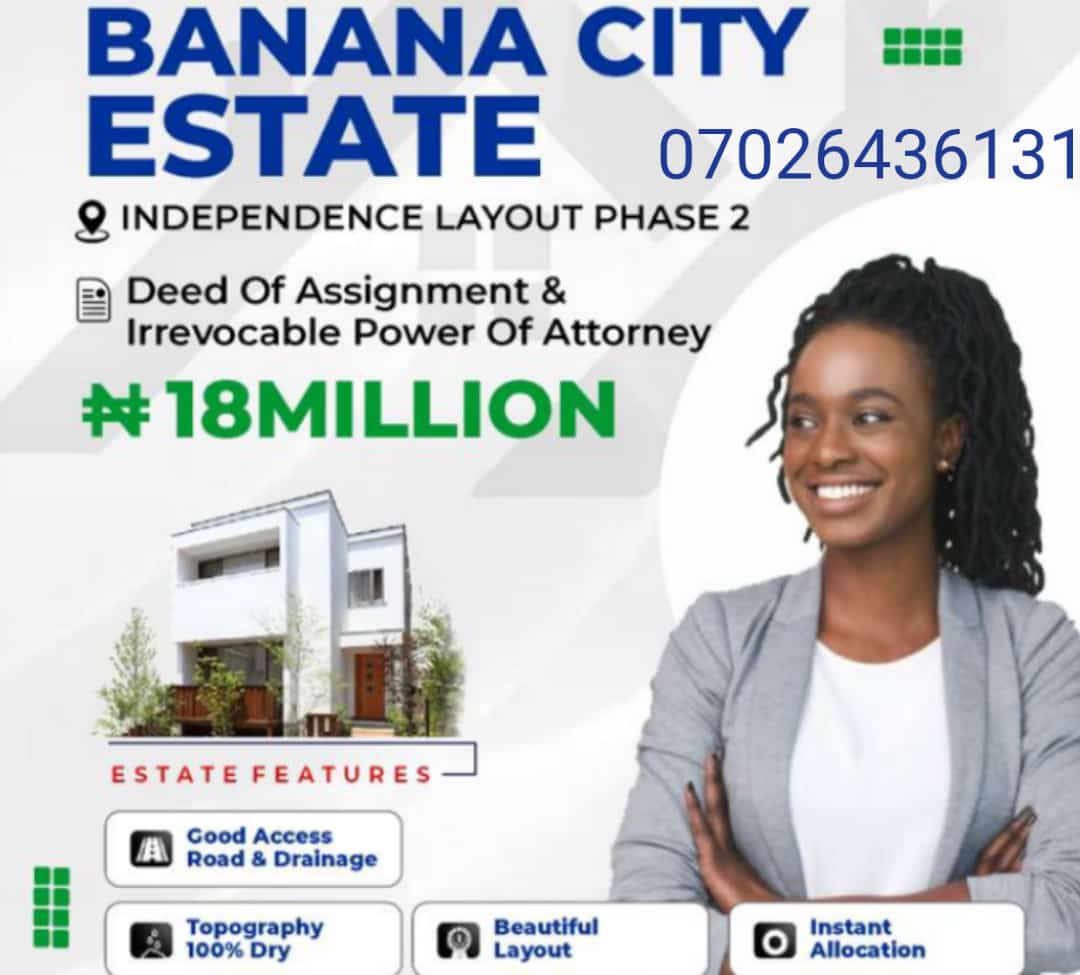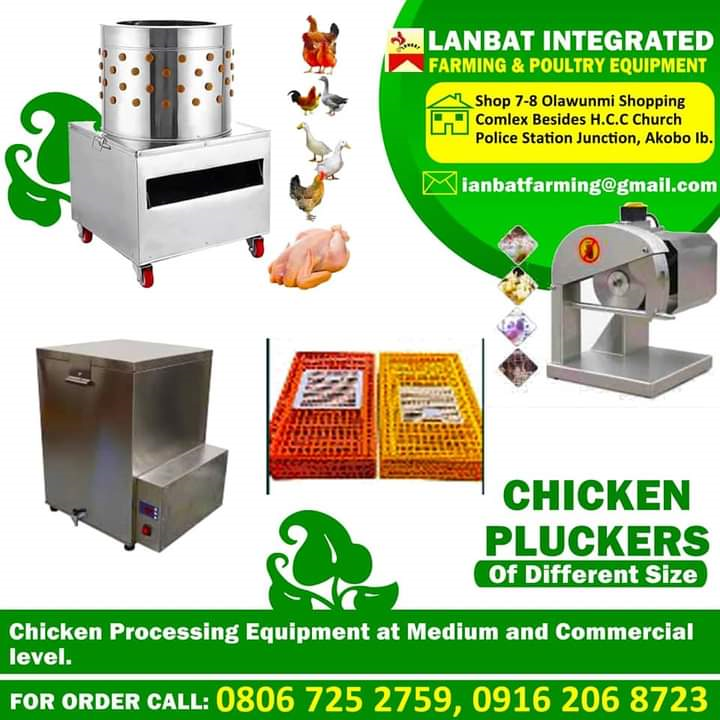
Colombian drug lord Pablo Escobar, the wealthiest criminal in history once responsible for 80 percent of the cocaine entering the U.S., was also believed to be the force behind the siege on Colombia’s Supreme Court on November 6, 1985. The assault marks one of the deadliest conflicts between the Colombian government and revolutionary groups. By the end of the operation, 12 Supreme Court Justices had been killed, along with 48 Colombian soldiers. 35 members of the M-19 guerilla group and their leader also died; in total, over 100 lives were lost.
Sponsored Images




Escobar’s reach extended to government and politics, with his famous saying “plata o plomo” (silver or lead) when dealing with politicians and police: those who would not accept bribes would be eliminated. Escobar and the Medellin Cartel allegedly provided $2 million to the M-19 rebels to finance the siege.
Charles Anthony Gillespie Jr. was the United States’ Ambassador to Colombia from 1985-1988, during the height of tensions in the country. He was interviewed by Charles Stuart Kennedy in September, 1995.

“They would get on a motorcycle, ride up behind somebody, put their gun as near as they could to the back of someone’s head and blast away”
Charles Anthony Gillespie, U.S. Ambassador to Colombia, 1985-1988
GILLESPIE: I could begin to see that this narcotics trafficker group made “ruthless” a real word. They just simply were not willing to stop short of anything. The fictional creations of Tom Clancy and others and the way those traffickers have been portrayed in the movies, while ostensibly exaggerated and overdrawn in some respects, basically were not far off from the reality we saw in Colombia. These traffickers were men and women who think nothing of exterminating or snuffing out lives if it seems to serve their purpose.
A class of assassins had developed in Colombia. They are called sicarios (hired assassins) in Spanish. These are kids, often street kids who were basically brought up in small gangs where they learned how to kill people. They were tested by being given a gun. They would go out and get on a motorcycle, ride up behind somebody, put their gun as near as they could to the back of someone’s head or the rear window of the car, and blast away. Or they would do that when the car was stopped at a light. If the car is not armored or does not have some armor plate, that’s goodbye to the victim. That’s the end of it.
Medellin had basically gone over to the narcotics traffickers. Ambassador Tom Boyatt [Ambassador to Colombia from 1980-1983] had closed our Consulates in Medellin and Cali. One of the arguments was that it was no longer safe to have U.S. Consulates in Medellin or Cali because the drug traffickers were so strong there. During the three years that I was in Colombia, I made two trips to Medellin but did not spend the night there. It wasn’t considered safe.

Ambassador [Lewis] Tambs [Ambassador to Colombia from 1983-1985] had been trying to sound the trumpet against drug trafficking in Colombia. However, he had generated a tremendous amount of resentment. Although much of what he said was right, he was probably a prophet ahead of his time.
In roughly 1983 or 1984 Pablo Escobar and the Medellin Cartel began to appear on the scene and became visible. In 1984 President [Belisario] Betancur agreed to the extradition of Colombian citizens to the United States to stand trial for narcotics offenses. This created a tremendous, negative reaction in Medellin from Escobar and those around him and led to a wave of violence. The Colombian Minister of Justice was assassinated. There were all kinds of problems which I have mentioned in connection with the security situation in Bogota. A bomb was exploded near the American Embassy in 1984. Threats were made against the American School, which had all of the consequences that we’ve described. This really set Colombia on edge.
“It was pretty clear that…whoever was in the building was, indeed, executing people”
In 1985 the situation continued to deteriorate. I arrived in Bogota in August, 1985, and spent the month of September getting my feet on the ground and learning a little bit about the lay of the land. Then in early November 1985, the first major development occurred. We learned that some group attacked and apparently took over, and occupied the Palace of Justice in downtown Bogota.
The Palace of Justice is the site of the Colombian Supreme Court. It is a large building, facing on a large courtyard perhaps two blocks across or 500 meters wide, of open space. At the other end of this open space is the Presidential Palace. The Presidential Palace is called the Casa Narino.
An unknown number of people were reportedly being held hostage in the Palace of Justice. Among the hostages were several members of the Colombian Supreme Court. Initially, it wasn’t clear who was doing this or why it was being done. As the facts began to emerge, the group occupying the Palace of Justice appeared to be one of the four most active, revolutionary groups, the M-19 Movement…
Q: Is this the same group that had taken our Ambassador, Diego Asencio [Ambassador to Colombia from 1977-1980], prisoner?
GILLESPIE: Yes.
Remember, this was the mid-1980s. The term, “hostage situation,” was then very current. In this case it meant the takeover of a Colombian Government building by armed people. There was shooting going on. Nobody knew exactly what was happening. However, this was a true crisis.
Under those circumstances, of course, the U.S. had a very definite, policy position of its own on terrorism, kidnapping, and hostage situations. So we reported this situation to Washington. The Department asked us to stay on top of the developing situation. I was authorized to offer the Colombian Government any assistance that they might need, obviously within reason, to help to deal with the situation. We wanted to know how the Colombian Government was going to handle it, what they were going to do, and then see how we could help them.
I asked for an appointment with President Betancur, who had received me rather well when I presented my credentials. I had met him here in the U.S. several months previously before my departure for Colombia. I met with him and offered him any facilities that we could provide.
On instructions, I offered in particular communications or other technical equipment – not armed troops or anything like that, although I did say that we could make available experts in both terrorism and hostage situations – should he desire such help. We were in contact with SOUTHCOM, the Southern Command of the U.S. Army in Panama, which had some people in its headquarters who were quite adept or supposed to be adept at dealing with situations of this kind or training to deal with them.
We entered into a dialogue with the President, which I handled directly. We also dealt with his chief of staff, who was acting as the day-to-day crisis manager. This was a very nasty situation. Demands and threats were made by the M-19 terrorists within the Palace of Justice.
Reports came out that, first, this or that Justice of the Supreme Court had been killed, that another Justice had been shot, and that terrible things were happening… This covered a period of three or four days….
It was pretty clear from communications that were coming out during the takeover and during the crisis and occupation of the Palace of Justice itself that whoever was in the building was, indeed, executing people. This was in a country that was already known for its violence. This seemed to be a further affront to any standards of decency that you could think of. Colombian public sentiment was very strong about this…
It was finally ended when the Colombian military attacked the Palace of Justice through the roofs, the front door, and any available openings in the building. They even used tanks… over 100 people lost their lives.
“We know exactly where your family is. If you do not act in our favor, you will not see your wife and your daughter again”
As time went on, the events at the Palace of Justice began to become clearer, and there were explanations for what had happened. However, we were not quite sure, at least not initially, what the motivations for the takeover of the Palace of Justice were.
Over time it seemed to become pretty clear that this action may have had a revolutionary or rebellious content contributed by the M-19 group. Nevertheless, there seemed to be very strong evidence that Pablo Escobar and the Medellin Cartel, as well as those who were trying to resist any further extradition to the U.S., had their fingers in that pot.
We learned almost immediately from people who were inside the Palace of Justice, and who survived this event, that documents concerning certain people, certain crimes, and certain cases had been taken out of the Ministry of Justice archives and destroyed or burned, before a lot of other things happened. Certain Justices of the Colombian Supreme Court, who were known to favor the extradition of Colombians wanted on narcotics charges in the United States, were summarily executed, within a short period of time…
We later learned that they were operating at the direction of, and certainly with the encouragement of, Pablo Escobar’s Medellin Cartel.
Afterwards, the President of the Supreme Court came to me privately and almost secretly to say, “You’ve got to get my family out of here. You in the United States must help me. I have nowhere else to go.” He brought with him an audio cassette mailed to him by the drug traffickers which included the voices of his wife and daughter, talking on their telephone. The message was implicit, “You see, we know exactly where your family is. If you do not act in our favor, you will not see your wife and your daughter again. We’ll deal with them.”
This was quite different from asking him to step back from issues of interest to them or to be neutral where they were concerned. He said that if he did things for the narcotics traffickers, he would receive fantastic amounts of money. He said that if he refused to do this and tried to be either neutral or negative toward the narcotics traffickers, then they would kill his family.
So he asked us to help him get his family out of the country. We did. We eventually got him out of the country as well. We helped him to get a post in an international organization. That was apparently enough to move him out of the sights of the narcotics traffickers. So he and his family are still alive.
As recently as 1996, 10 or 11 years after the fact, the Colombian Government and other Colombian authorities, are still trying to deal with the question of how to allocate responsibility and accountability for what happened in connection with the Palace of Justice occupation and the decisions that were taken at that time. In the course of that process you could never be sure of how much revisionism of history was going on. This was a consideration, particularly as we couldn’t follow these events too closely, since we never had enough time to do so. We couldn’t be sure of how the Colombian military acted and whether Colombian civilians controlled the situation or not – or wanted to do so. So this incident was never really over…
Dear Readers, Good and credible news reportage is tedious task and requires huge finances.
We are soliciting your Noble support for as low as N1,000 your support would go a long way in assisting us to continue to guarantee our readers quality news.
Bank transfers can be made to:
Account Name: Harvest and Commercial
Bank: Sterling Bank
Account Number: 0078627735